You waited what felt like a lifetime for this hunt. Don't let altitude sickness cut it short. okyela / Adobe Stock
If you want to learn how to prevent altitude sickness, you need to understand how it can occur. And few people are as familiar with how it can ruin a hunt as Cody Arnold, who worked as a hunting guide near Granby, Colorado, for two decades. He has watched multiple clients struggle with the myriad symptoms that can occur when you ascend to 8,000 feet of elevation too fast. Extreme altitude sickness symptoms, also known as “acute mountain sickness” or AMS, can turn serious quickly.
“One client came from Arkansas, and his hunt got cut short,” Arnold tells Outdoor Life. “The hunters typically arrive on Friday afternoon, and then they would all hang out and we’d all have a few drinks. The next day this guy got sick, and it wasn’t from a hangover. He stayed in bed for a few days and then decided to go home. [This] guy who got sick was a pro baseball player, and he was in shape.”
Read Next: The Best Backpacking Tents of 2023
It’s tricky to predict who will get altitude sickness. One hunter who is in excellent physical condition might feel poorly at altitude while a less physically fit person feels fine.
“Then we guided a guy from Miami who smoked cigars all day long,” says Arnold. “There was not one minute of the day that he didn’t have a cigar lit up. You would think the [lower] oxygen [at altitude] would have impacted him. But he was fine.”
The good news? Mountain trips don’t have to be miserable for hunters or anglers who live at or near sea level. In this article, we cover:
- What causes altitude sickness
- How to recognize altitude sickness symptoms
- How to prevent altitude sickness
- How to treat altitude sickness if prevention doesn’t work
- What to do if you get altitude sickness in the backcountry
- Altitude sickness best practices
What Causes Altitude Sickness?
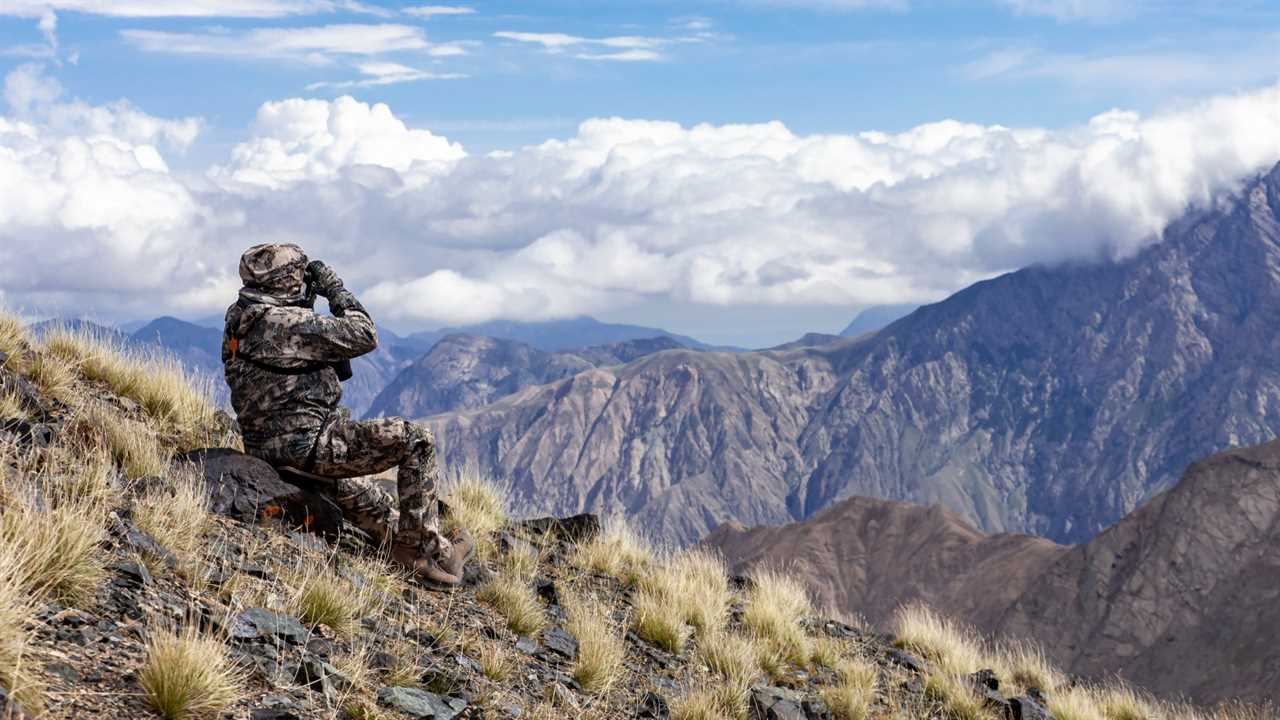
If you feel mild symptoms, take an extra day at that elevation to acclimate before moving higher. okyela / Adobe Stock
Altitude sickness is a mild form of hypoxia, when the tissues of your body don’t receive enough oxygen. When you travel to higher altitudes than you’re accustomed to, your body’s systems need time to catch up to the lower concentration of oxygen in the air. Depending on where you live and how much altitude you gain in a short period, you might experience mild to moderate symptoms.
Different people react to altitude differently. If two hunters who live at sea level head into the mountains, one might experience symptoms after just a few hours of hiking while the other goes the whole trip without a single issue.
Pre-existing cardiovascular and respiratory conditions can further complicate how well you adjust to higher altitude. Good overall cardiovascular health can help you perform better at higher altitudes, but you won’t avoid altitude sickness symptoms just because you’re fit. In fact, people with asthma tend to feel better at altitude than they might at sea level due to an absence of allergens, humidity, and other factors that can complicate asthma symptoms.
Mythical causes of altitude sickness include alcohol consumption, dehydration, and poor fitness. While dehydration and a hangover will make you feel pretty rotten and symptoms of both are similar to altitude sickness symptoms, neither will actually trigger or worsen acute mountain sickness. The only thing that can cause altitude sickness is gaining altitude too fast without acclimatization.
Symptoms of Altitude Sickness
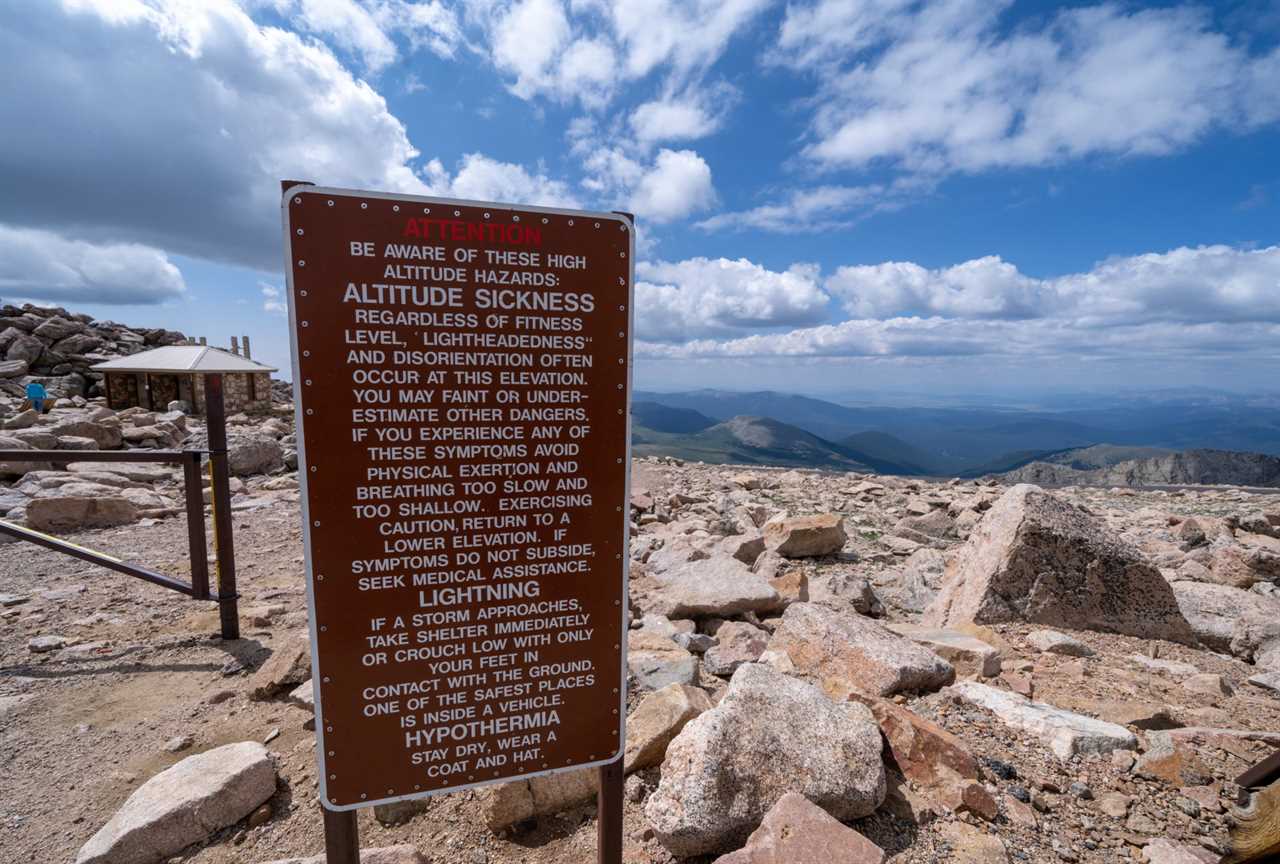
Disorientation and denial of symptoms are a few surefire symptoms of high altitude sickness. MelissaMN / Adobe Stock
Being responsible in the backcountry means being able to recognize when you’re pushing yourself too hard at altitude and putting yourself and your group at risk. Mild altitude sickness can quickly turn serious, so be on the lookout for these symptoms.
Mild Symptoms
These symptoms might show up a day or so after you fly into an airport at higher altitude, or while you’re hiking into camp. They should improve after a few days of acclimatizing to your new surroundings.
- Dizziness
- Fatigue
- Shortness of breath
- Loss of appetite
- Minor headache
- Mild nausea
- Trouble sleeping
Moderate Symptoms
If you continue gaining altitude without acclimatizing to the elevation where your mild symptoms emerged, your symptoms will naturally worsen. They might start impacting your ability to hike, walk, ride, or even function around camp. If you reach some of these more moderate benchmarks, healthcare experts recommend descending to a lower altitude.
- Worsening of any mild symptoms
- Chest tightness
- Dizziness or fatigue that impedes your ability to walk
- Moderate to severe nausea
- Moderate to severe headache
- Vomiting
Severe Symptoms
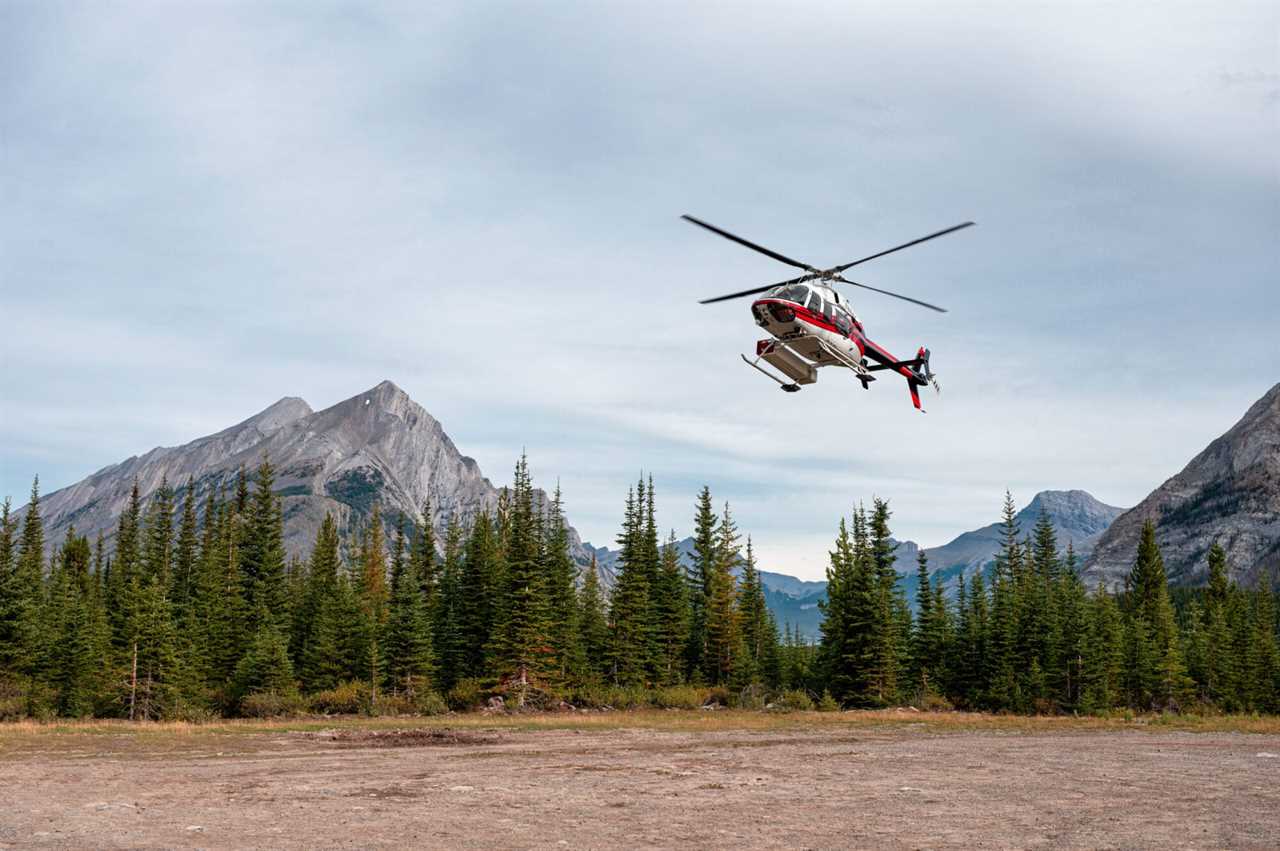
If severe altitude sickness symptoms like fluid in the lungs or brain swelling occur, emergency evacuation might be necessary. Mumemories / Adobe Stock
Once symptoms reach this point, they should be treated like any other emergency situation that requires knowledge of wilderness medicine. Descend to a lower altitude immediately and, in severe cases, call for medical assistance. If fluid starts pooling in your lungs (known as high-altitude pulmonary edema) or in your brain (high-altitude cerebral edema), get medical attention as soon as possible.
- Shortness of breath at complete rest
- Confusion and denial of symptoms
- Inability to stand unassisted
- HAPE, or high-altitude pulmonary edema
- Fluid in the lungs, a feeling of suffocation
- HACE, or high-altitude cerebral edema
- Fluid in the brain, causing lack of coordination, aggression, and confusion
How to Prevent Altitude Sickness
If you’re a flatlander or a coastal dweller with a nonresident elk or sheep tag in a mountain state, one of the best things you can do to perform better at high altitudes is to simply prepare your body for physical exertion with less available oxygen. This can be difficult to replicate without actually traveling to the altitude where you’ll be hunting, but you could incorporate an altitude mask to your standard cardio workouts. While you might feel a bit like Bane from Batman at first, eventually you will notice a difference in your cardiovascular system’s tolerance for lower oxygen levels.
But here’s a tricky truth: physical fitness does not prevent altitude sickness. So while it’s best to be in shape, there are other steps you must take to prevent altitude sickness. The first is to ascend altitude slowly and give yourself time to acclimatize. The second might sound unnecessary, but trust the experts here—visit a doctor and get a prescription.
Do Altitude Sickness Medications Work?
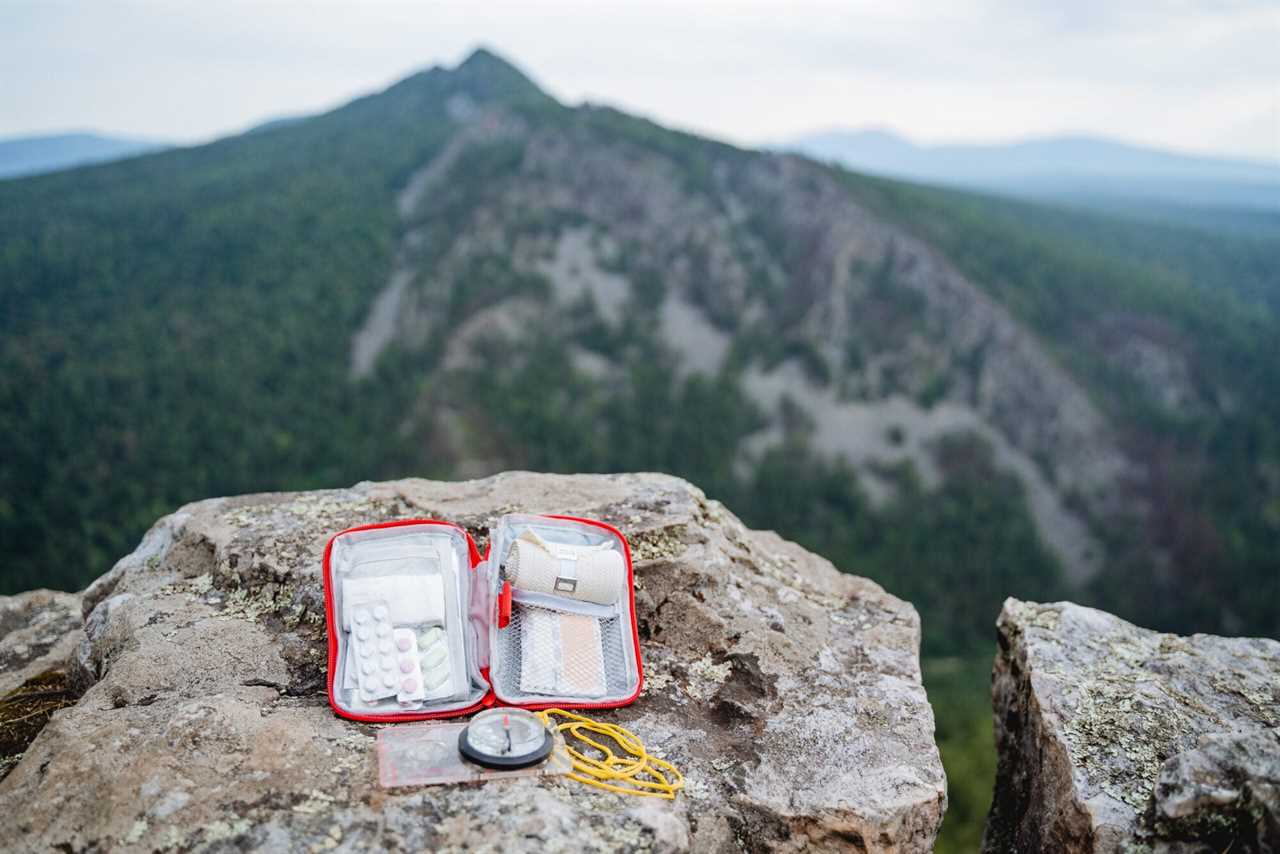
if you’re worried about mild altitude sickness, get a prescription for Diamox and put it in your pack, just in case. Aleksey / Adobe Stock
For experienced high-altitude hikers and hunters, the debate over whether to use medication for altitude sickness is a hot one. Some people swear by it, while others were turned off by weird side effects. But in general, yes, these medications do work.
The most commonly prescribed medication for altitude sickness is Diamox, a name brand of the generic acetazolamide. It’s a diuretic pill that can reduce swelling and inflammation in glaucoma patients, patients with heart disease, and can even treat seizures. Those same anti-inflammatory capabilities help you acclimatize quicker and can decrease headache, nausea, exhaustion, and fatigue associated with mild to moderate altitude sickness.
The side effects of Diamox can range from strange to unpleasant. Some users report tingling in the extremities, ringing in the ears, nausea, excessive sweating, lightheadedness, or increased thirst. Some of those side effects might sound similar to the very symptoms of altitude sickness you’re taking the medication to prevent. But the medication reduces the risk of developing severe altitude sickness, or at the very worst, HAPE or HACE.
Some other altitude sickness medications include dexamethasone and nifedipine. While Diamox is preventative, these other medications are more commonly used for treatment of moderate to severe symptoms, as well as HAPE and HACE.
How to Treat Altitude Sickness After Prevention Fails
Since the primary cause of altitude sickness is gaining too much altitude without acclimatizing, the best treatment is to reduce your elevation. Backtrack to spend a day at a lower elevation and wait for your mild or moderate symptoms to subside. You should also evacuate as soon as possible if HAPE or HACE occurs. But with some severe symptoms, like HAPE or HACE, descent will not be enough to alleviate the problem.
That’s where other treatment drugs come into play. Dexamethasone and nifedipine are both used for emergency treatment of moderate to severe symptoms and even HAPE and HACE. They can help alleviate the swelling and fluid buildup in the brain and lungs.
Best Practices to Prepare for a High-Altitude Trip

Make sure to train for some strenuous hiking before your mountain hunt. But remember, physical fitness will not prevent altitude sickness. artiemedvedev / Adobe Stock
Keep these survival tips in mind to prepare for or treat altitude sickness while on a high-country hunt or fishing trip:
- Good physical health will help your hunt, but it won’t prevent altitude sickness.
- Give yourself time to acclimatize to a higher altitude. Do this by arriving at your destination at least a day early so you can adjust to higher altitudes in town before going even higher into the backcountry.
- If you’re concerned about pre-existing conditions or prior bouts of altitude sickness, or just want to get an expert opinion, talk with your health care provider before your trip. Having a prescription of Diamox on hand in the mountains won’t add much weight to your pack.
- Communicate any altitude sickness symptoms with your guides and companions as soon as they appear. Even if they’re mild to start, taking an extra day before gaining altitude can be the difference between a successful trip and a mountainside evacuation.
Altitude Sickness FAQs
Q: Does salt help with altitude sickness?
No, salt doesn’t help with altitude sickness, though it’s important to pay attention to while exercising at altitude. Your salt levels depend on your fluid intake, and salt can either help or harm your body when you’re experiencing altitude sickness symptoms. If you’ve been sweating and drinking a lot of water, you’ve definitely been losing sodium. Try adding an electrolyte mix with sodium to replace lost salt faster. But if you haven’t been sweating, avoid salt intake until you can drink more water. Your sodium levels are probably pretty high already.
Q: Does drinking water prevent altitude sickness?
No, drinking water will not prevent altitude sickness. While staying hydrated is crucial for all physical activities, and the dryer air at a higher altitude might dehydrate you quicker, but altitude sickness is determined by oxygen levels. If anything, drinking lots of water could dilute your electrolyte levels and make you feel worse.
Q: At what altitude do you lose oxygen?
The oxygen level in the air remains at a constant 20.9 percent at all altitudes. But as you gain altitude, air is less dense and concentrated, which means oxygen is more spread out. At roughly 18,000 feet, the air is about half as dense as it is at sea level. You could start feeling altitude symptoms at around 8,000 feet, or the altitude of Aspen, Colorado, though this varies from person to person.
Q: What is a good oxygen level at high-altitude?
A: For people without any pulmonary issues, a blood oxygen level of at least 88 percent is considered healthy at any altitude. At around 5,000 feet of elevation, your blood oxygen level might be around 90 percent, while it would be closer to 95 percent at sea level.
Final Thoughts on Altitude Sickness
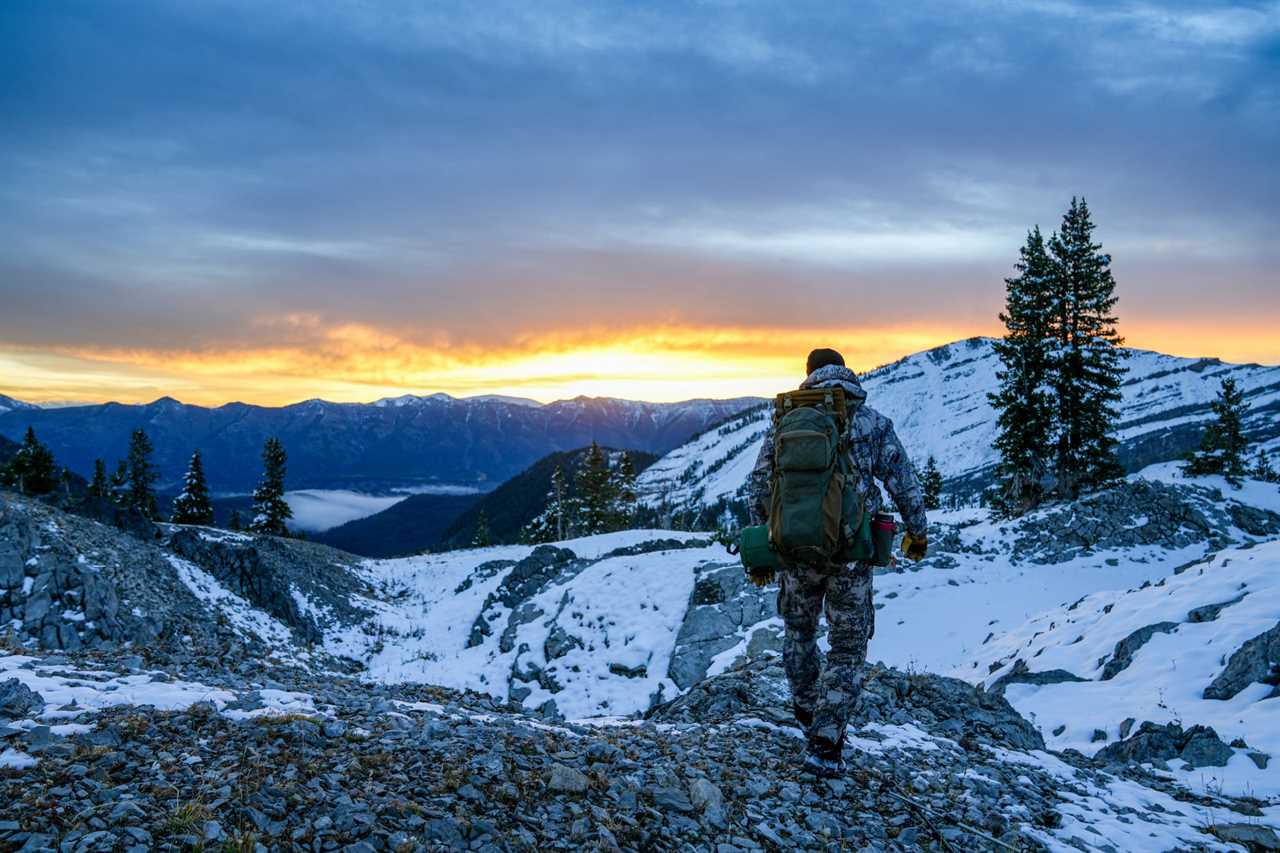
If you struggle to stand or walk unassisted, you have moderate altitude sickness and must descend to feel better. MelissaMN / Adobe Stock
A fear of altitude sickness shouldn’t prevent you from going on the trip of a lifetime—especially if you cashed in decades of points and finally drew a once-in-a-blue-moon tag. But just like Smokey the Bear says about forest fires, only you can prevent altitude sickness.
Read Next: The Best First Aid Kits of 2023
True prevention starts months in advance with proper education, talking to your doctor, and acclimatization at altitude. But the most key component of addressing altitude sickness is understanding that it could happen to you no matter how healthy you are, and being prepared to handle it.
The post How to Prevent Altitude Sickness appeared first on Outdoor Life.
Articles may contain affiliate links which enable us to share in the revenue of any purchases made.
By: Katie Hill
Title: How to Prevent Altitude Sickness
Sourced From: www.outdoorlife.com/survival/how-to-prevent-altitude-sickness/
Published Date: Wed, 14 Jun 2023 22:31:16 +0000
----------------------------------------------
 Backyard GrillingWeekend WarriorsAdvice from DadBeard GroomingTV Shows for Guys4x4 Off-Road CarsMens FashionSports NewsAncient Archeology World NewsPrivacy PolicyTerms And Conditions
Backyard GrillingWeekend WarriorsAdvice from DadBeard GroomingTV Shows for Guys4x4 Off-Road CarsMens FashionSports NewsAncient Archeology World NewsPrivacy PolicyTerms And Conditions
